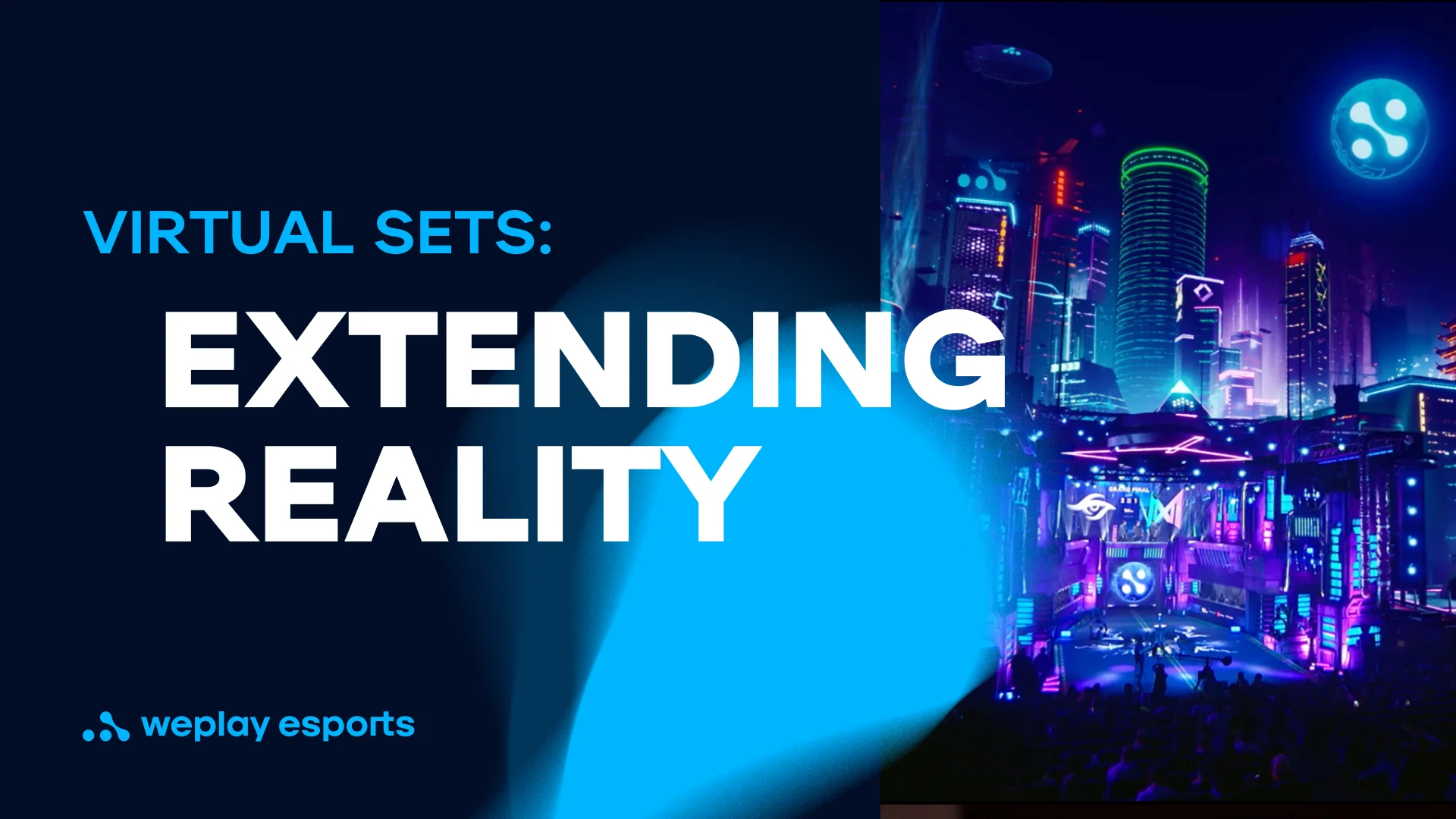Feb. 16, 2023
Virtual sets: Extending virtual reality

3 min read
Extended reality (XR) technologies are rapidly gaining traction in the tech world and becoming increasingly accessible. XR has the potential to revolutionize the way people interact with the world around them, and this blog post will explore some potential benefits of this technology. It will also look at how XR can improve the quality of film, video, broadcasting, and so on.
What is extended reality?
Extended reality (XR) is a term used to describe technologies that allow users to extend their sensory experiences into the digital world. This includes Virtual Reality (VR) technologies, Augmented Reality (AR) systems, and Mixed Reality (MR) environments.
XR can be used in many different ways, such as providing augmented visualization or creating immersive experiences. For example, the usage of LED screens can improve filming possibilities. They can be used to create virtual backgrounds for actors to interact with when filming a scene or add detailing to a location without the need for any physical set elements. This shows that XR is a vital tool for filmmaking and broadcasting.
Why is it important to start creating virtual worlds?
XR outperforms every other solution on the market. Using a green screen has greatly improved the quality of movies, but it also has its drawbacks. For example, post-editing a video takes a considerable amount of time. Artists must not only draw the entire background but also work with light and shadows. Moreover, they must ensure that all the details remain in place when the viewing angle changes.
Plus, if there are any mirror surfaces in the scene, then they will reflect green. It’s tough to remove this green glint and easy to miss it at the editing stage, which generally degrades the viewer’s experience.
Utilizing LED screens with XR technology provides filmmakers with a dynamic and immersive way to create film and video content that goes beyond traditional filming methods. Through the use of LED screens, filmmakers can now make virtually any environment in less time. With this technology, you can have more control over production aspects such as the atmosphere, lighting, and depth of field. In addition, LED screens can be used to display visuals in real time, allowing filmmakers to make adjustments on the fly if needed.
In addition to time, there is another important resource that XR helps save — space. In just a few clicks, you can easily change the whole set. Instead of looking for the right location to shoot, you can run the whole production without leaving the room.
The XR technology market is expanding, and new network hardware, solutions, and tools are emerging. In the same way, the demand for XR specialists is increasing. For example, WePlay Esports uses both XR and AR technologies to enhance the viewer experience.
With the help of AR and XR technologies, WePlay Esports creates worlds that don’t even exist. This is especially significant considering that the company often works with esports disciplines. Many video games have their own lore, often set in a fantasy world, that must look native to the fans. AR helps to insert characters directly into the scene, and XR can visually enlarge the stage almost to infinity.
In conclusion, XR technology can change how companies and brands create and promote their products. From games to tech solutions, XR has the potential to improve almost every aspect of our lives. However, it’s important to remember that XR is still in its early stages, and further development is needed for its potential benefits to be fully implemented. But even now, understanding how XR works and where it can be applied makes it possible to get the most out of this exciting new technology.